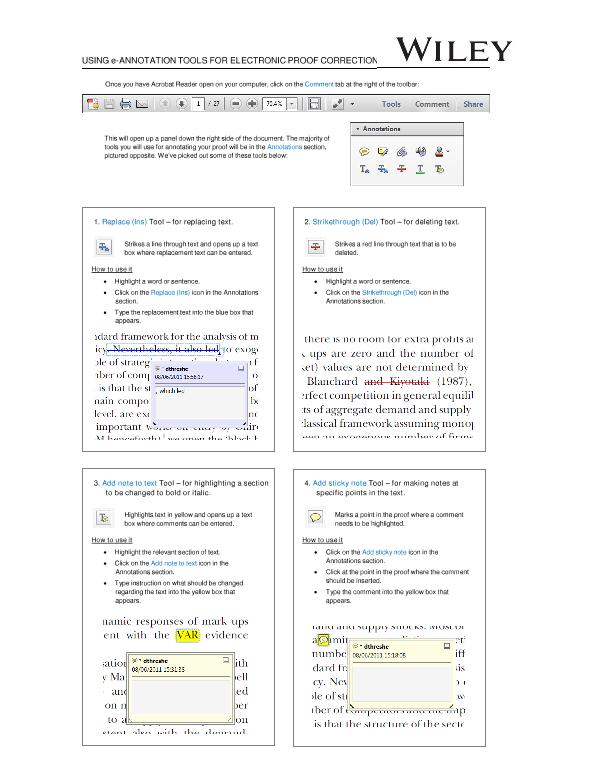Mostrar el registro sencillo del ítem
dc.contributor.author
Mazzone, Graciela Luján

dc.contributor.author
Nistri, Andrea
dc.date.available
2020-03-03T19:20:16Z
dc.date.issued
2014-05
dc.identifier.citation
Mazzone, Graciela Luján; Nistri, Andrea; S100β as an early biomarker of excitotoxic damage in spinal cord organotypic cultures; Wiley Blackwell Publishing, Inc; Journal of Neurochemistry; 130; 4; 5-2014; 598-604
dc.identifier.issn
0022-3042
dc.identifier.uri
http://hdl.handle.net/11336/98716
dc.description.abstract
S100β is a cytoplasmic calcium‐binding protein mainly expressed by glia and considered to be a useful biomarker for brain or spinal cord injury. Indeed, clinical studies suggest that the S100β concentration in serum or cerebrospinal fluid may predict lesion outcome and prognosis. The relation of S100β levels to damage severity and its timecourse remains, however, unclear. This study used a validated in vitro model of spinal cord injury induced by kainate‐mediated excitotoxicity to investigate these issues. After 22 days in vitro, rat organotypic spinal cord slices were subjected to one transient application (1 h) of 1 or 100 μM kainate followed by washout. While the lower kainate concentration did not evoke neuronal loss or S100β increase, the larger concentration elicited 40% neuronal death, no change in glial number and a delayed, significant rise in extracellular S100β that peaked at 24 h. This increase was associated with a stronger expression of the S100β protein as indicated by western blotting and immunohistochemistry. Application of the microtubule disrupting agent colchicine did not change the rise in S100β induced by kainate, an effect blocked by the glutamate receptor antagonists CNQX and APV. Our data suggest that excitotoxicity was followed by release of S100β perhaps from a readily releasable pool through a mechanism independent of microtubule assembly. The raised extracellular level of S100β appeared to reflect glial reactivity to the kainate‐evoked lesion in accordance with the view that this protein may be involved in tissue protection and repair after acute injury.
dc.format
application/pdf
dc.language.iso
eng
dc.publisher
Wiley Blackwell Publishing, Inc

dc.rights
info:eu-repo/semantics/openAccess
dc.rights.uri
https://creativecommons.org/licenses/by-nc-sa/2.5/ar/
dc.subject
COLCHICINE
dc.subject
GLUTAMATE RECEPTOR
dc.subject
KAINIC ACID
dc.subject
NEUROPROTECTION
dc.subject
SPINAL CORD INJURY
dc.subject.classification
Neurociencias

dc.subject.classification
Medicina Básica

dc.subject.classification
CIENCIAS MÉDICAS Y DE LA SALUD

dc.title
S100β as an early biomarker of excitotoxic damage in spinal cord organotypic cultures
dc.type
info:eu-repo/semantics/article
dc.type
info:ar-repo/semantics/artículo
dc.type
info:eu-repo/semantics/publishedVersion
dc.date.updated
2020-02-27T18:43:08Z
dc.journal.volume
130
dc.journal.number
4
dc.journal.pagination
598-604
dc.journal.pais
Reino Unido

dc.journal.ciudad
Londres
dc.description.fil
Fil: Mazzone, Graciela Luján. Consejo Nacional de Investigaciones Científicas y Técnicas; Argentina. International School for Advanced Studies; Italia
dc.description.fil
Fil: Nistri, Andrea. International School for Advanced Studies; Italia
dc.journal.title
Journal of Neurochemistry

dc.relation.alternativeid
info:eu-repo/semantics/altIdentifier/url/https://onlinelibrary.wiley.com/doi/full/10.1111/jnc.12748
dc.relation.alternativeid
info:eu-repo/semantics/altIdentifier/doi/http://dx.doi.org/10.1111/jnc.12748
Archivos asociados
